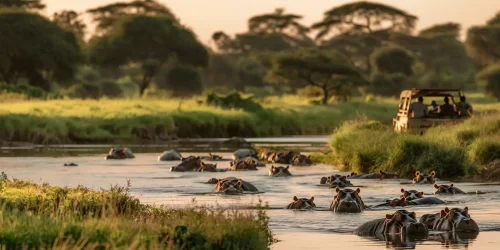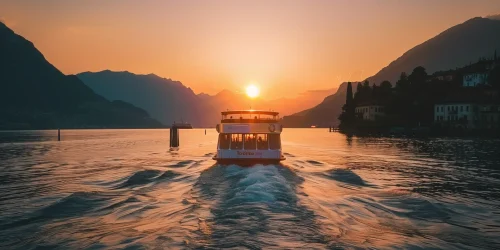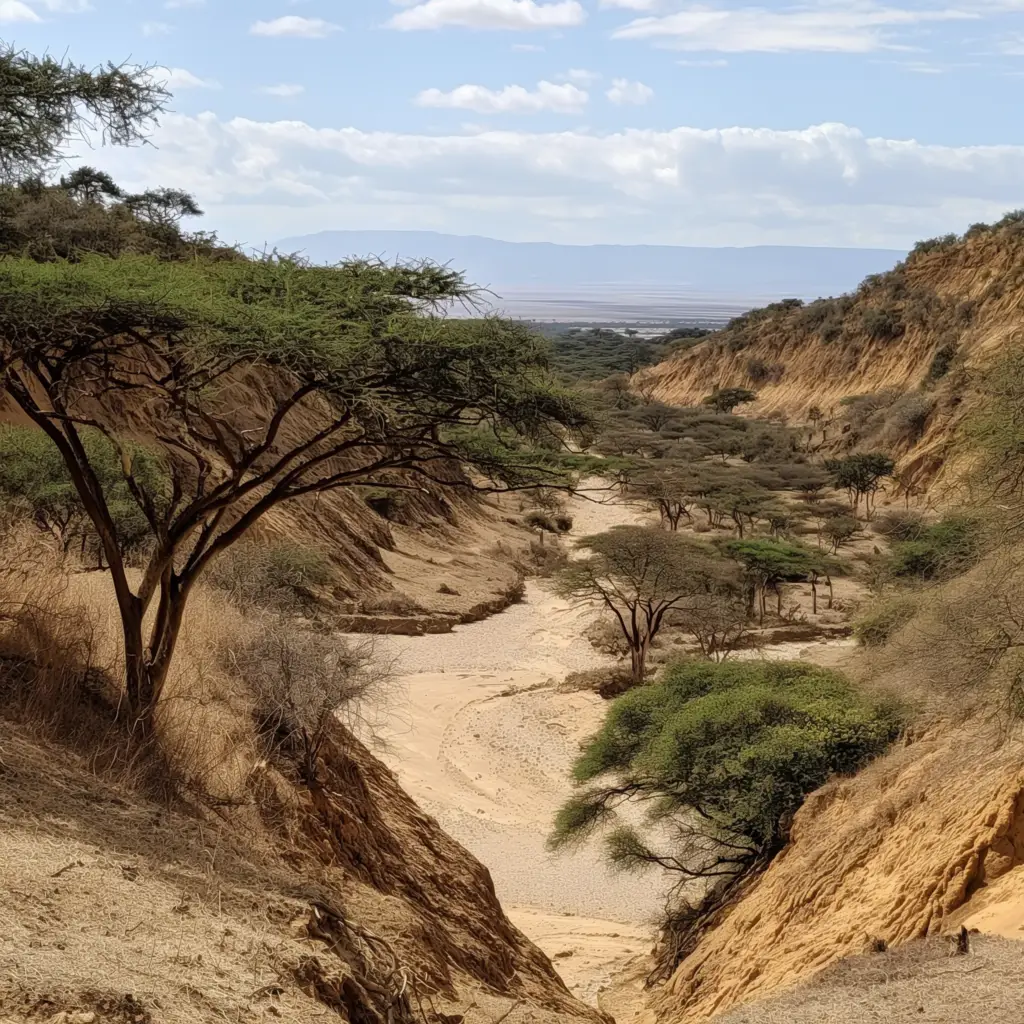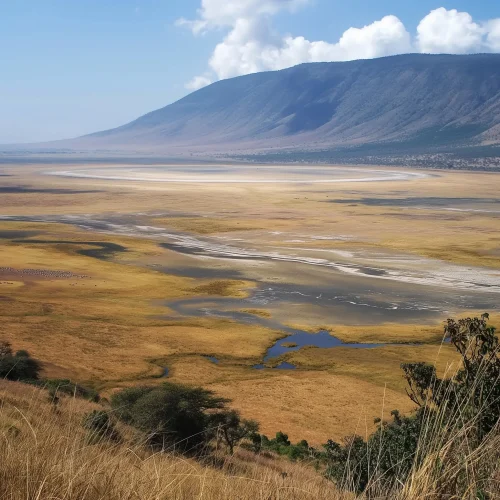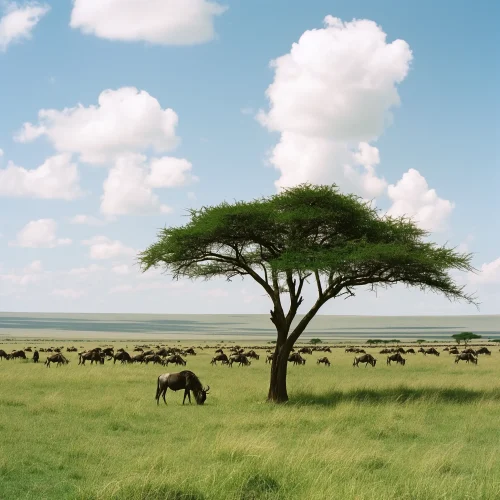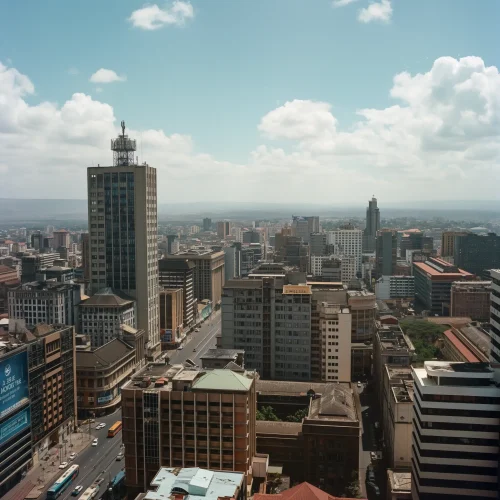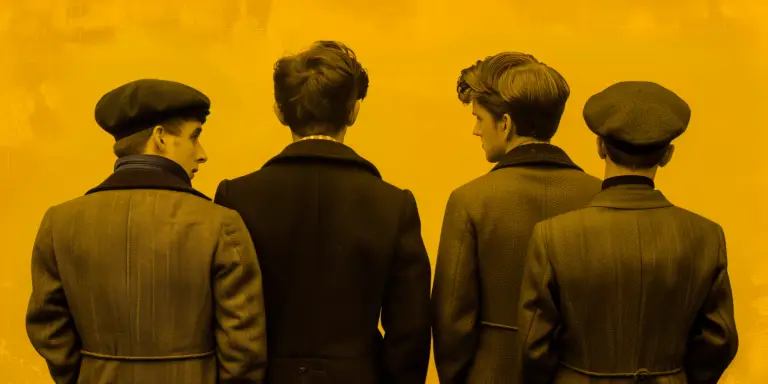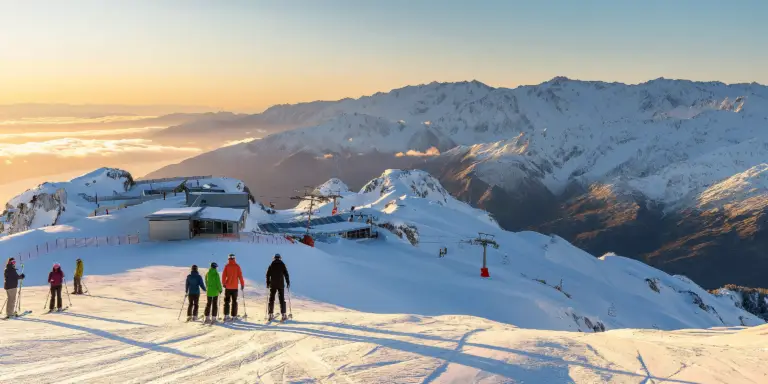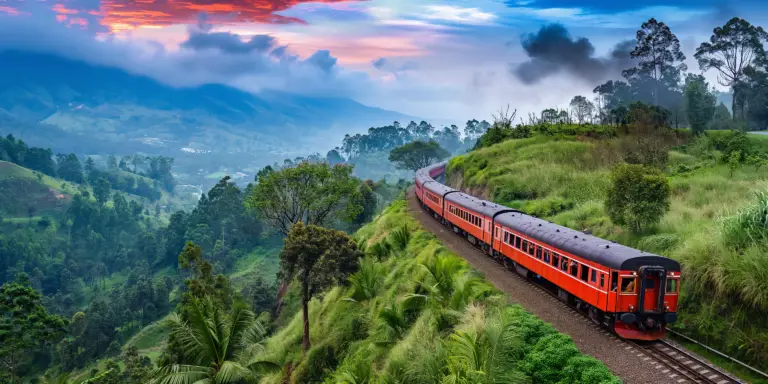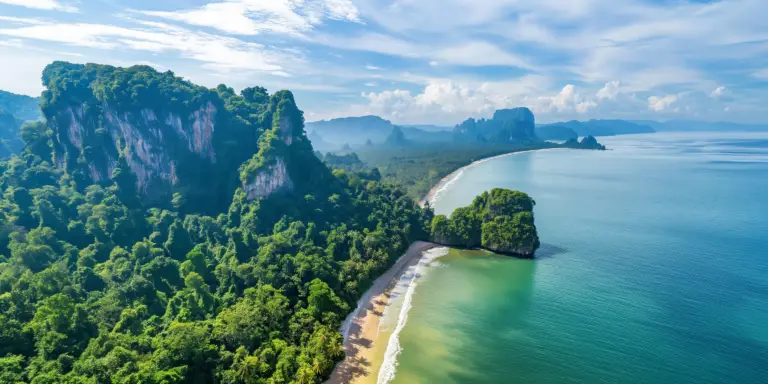A Unique Blend of Wildlife and Culture
The Ngorongoro Conservation Area in Tanzania is a place where nature and culture intertwine in the most spectacular ways. This UNESCO World Heritage Site is renowned for its stunning landscapes, rich biodiversity, and significant archaeological findings. It’s an ideal destination for those looking to experience the wild heart of Africa while also delving into human history and local traditions.
The Ngorongoro Crater: A Natural Wonder
The centerpiece of the Ngorongoro Conservation Area is the Ngorongoro Crater, the world’s largest inactive volcanic caldera. Formed about two to three million years ago, the crater is roughly 600 meters deep and covers an area of 260 square kilometers. The views from the rim are breathtaking, offering a panoramic vista of the crater floor teeming with wildlife.
Within the crater, you’ll find a variety of ecosystems, including grasslands, swamps, and lakes. This diversity supports a large population of animals, making it a prime location for safari adventures. Expect to see elephants, lions, leopards, buffaloes, and the critically endangered black rhinoceros. The crater is also home to a large population of wildebeests, zebras, and gazelles, ensuring that predators like lions and hyenas are never far away.
Cultural Heritage and the Maasai People
Beyond its natural wonders, the Ngorongoro Conservation Area is also a cultural treasure trove. The area is home to the Maasai people, who have lived in harmony with the wildlife for centuries. The Maasai’s traditional lifestyle and vibrant culture are integral to the identity of this region. Visitors can interact with the Maasai, learn about their customs, and even participate in traditional dances and ceremonies.
One of the most intriguing cultural sites in the area is the Olduvai Gorge, often referred to as the “Cradle of Mankind.” This archaeological site has yielded some of the earliest evidence of human ancestors, including fossils and tools dating back millions of years. A visit to the Olduvai Gorge Museum offers fascinating insights into human evolution and the history of the area.
Adventure and Exploration
For those with an adventurous spirit, the Ngorongoro Conservation Area offers a variety of activities. Safari drives in the crater are a must, providing an unparalleled opportunity to witness wildlife in their natural habitat. Guided walking safaris and bird-watching tours are also popular, allowing visitors to get up close and personal with the flora and fauna.
The area’s diverse landscapes are perfect for exploration. From the lush highlands to the sweeping savannas, each area offers unique scenery and wildlife encounters. Trekking in the Empakaai Crater or the Olmoti Crater provides a more intimate experience with nature, away from the more frequented paths.
Practical Information
- Best Time to Visit: The Ngorongoro Conservation Area can be visited year-round, but the dry season (June to October) is ideal for wildlife viewing. During this time, animals are more concentrated around water sources, making them easier to spot.
- Accommodations: There are various lodging options, ranging from luxury lodges on the crater rim to more budget-friendly campsites. Staying within the conservation area offers the advantage of early access to the crater floor before it gets crowded.
- Getting There: The Ngorongoro Conservation Area is accessible via road from Arusha, which is approximately a four-hour drive. Many tour operators offer guided trips that include transportation, accommodation, and safari activities.
Conclusion
The Ngorongoro Conservation Area is a must-visit destination for anyone traveling to Tanzania. Its unique blend of natural beauty, abundant wildlife, and rich cultural heritage makes it a truly special place. Whether you’re a nature enthusiast, a history buff, or simply looking for an unforgettable adventure, the Ngorongoro Conservation Area has something to offer.
